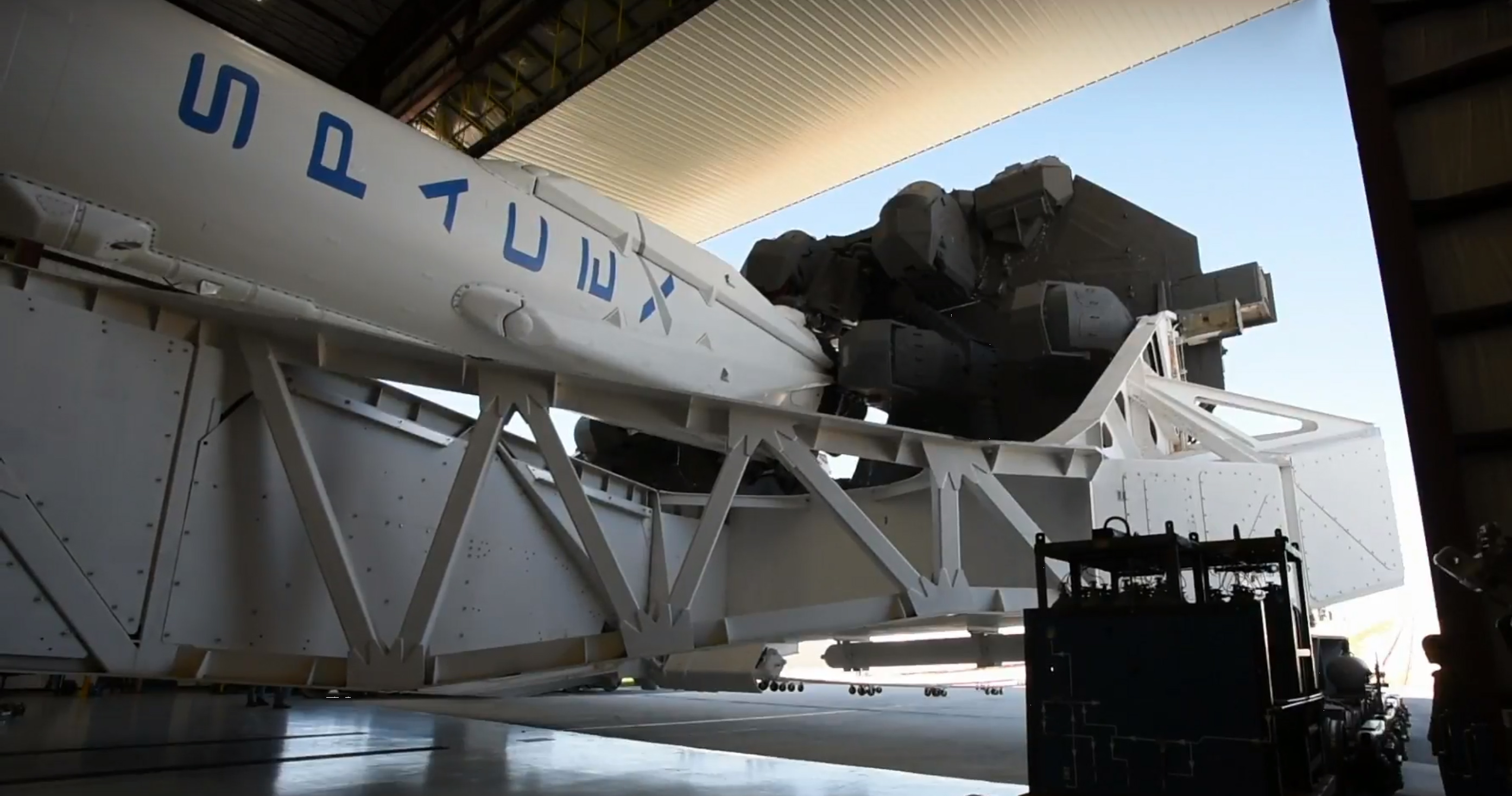

News
SpaceX completes Falcon 9 test fire, space station supply mission up next
After almost exactly 15 months of dormancy, SpaceX’s Launch Complex 40 (LC-40) came to life with the roar of nine Merlin 1D rocket engines as Falcon 9 1035 conducted its second pre-launch static fire in preparation for the company’s 13th Commercial Resupply Services mission, CRS-13. Previously tasked with the launch of the CRS-11 Cargo Dragon, the booster completed its mission and returned safely to Landing Zone-1 (LZ-1) on June 3 2017. The path towards LC-40’s reactivation has delayed the launch approximately one week, but December 6th’s successful static fire bodes well for the current launch date, 11:46 AM on December 12.
Static fire test of Falcon 9 complete—targeting launch of CRS-13 on December 12 from Pad 40, followed by launch of Zuma from Pad 40 in early January.
— SpaceX (@SpaceX) December 6, 2017
On September 6 2016, LC-40 was effectively destroyed over the course of the Amos-6 failure. In months that followed, SpaceX reactivated LC-39A in order to continue chipping away at the company’s launch manifest, but also began the slow process of damage assessment and reconstruction of LC-40. It is safe to assume that almost every single component of the ground support equipment (GSE) was completely replaced, and interviews with Cape Canaveral’s 45th Space Wing commander suggest that SpaceX went further still, transforming the painful situation into an opportunity.
In an exclusive and frank conversation between Brig. Gen. Wayne Monteith and Florida Today’s Emre Kelly, the commander suggested that extensive design changes and additional hardening measures implemented during reconstruction are expected to make LC-40 exceptionally resilient to the rigors of rocket launches. Most tellingly, if perhaps overly optimistic, Monteith estimated that a second vehicle failure on the order of Amos-6 might only take two months to recover from, compared to the 15 months that followed Amos-6. He attributed this claim to GSE that is now largely buried underground, theoretically protecting the vast apparatus of hand-welded piping necessary to fuel the Falcon 9 launch vehicle. The replacement Transporter/Erector/Launcher (TEL) tasked with supporting Falcon 9 during integration and launch also appears to have been modernized, and will likely end up looking quite similar to the monolithic white TEL that resides at LC-39A.
Rocket and spacecraft for CRS-13 are flight-proven. Falcon 9’s first stage previously launched SpaceX’s eleventh resupply mission for @NASA, and Dragon flew to the @Space_Station in support of our sixth cargo resupply mission. pic.twitter.com/RY4F2TrWO2
— SpaceX (@SpaceX) December 6, 2017
With CRS-13’s static fire now complete, the mission is set to become the fifth operational reuse of a flight-proven Falcon 9 booster in 2017, thanks to NASA’s unusually rapid acceptance of the new practice. Further still, if Iridium-4’s December 22 launch date holds, and it does look to be stable for the moment, SpaceX will rather incredibly have conducted five commercial reuses of a Falcon 9 in its first year of operations, meaning that one third of SpaceX’s 2017 missions will have launched aboard flight-proven boosters. Also impressive is SpaceX’s full-stop move towards the reuse of Cargo Dragon capsules, and the company stated over the summer that it was hoping to almost completely redirect Cargo Dragon’s manufacturing facilities towards Dragon 2, also known as Crew Dragon. This was most recently reiterated several months ago and is presumed to still be the company’s goal moving forward, and CRS-12 is believed to have been the last “new” Cargo Dragon that will fly. CRS-13’s Dragon previously flew the CRS-6 mission in April 2015.
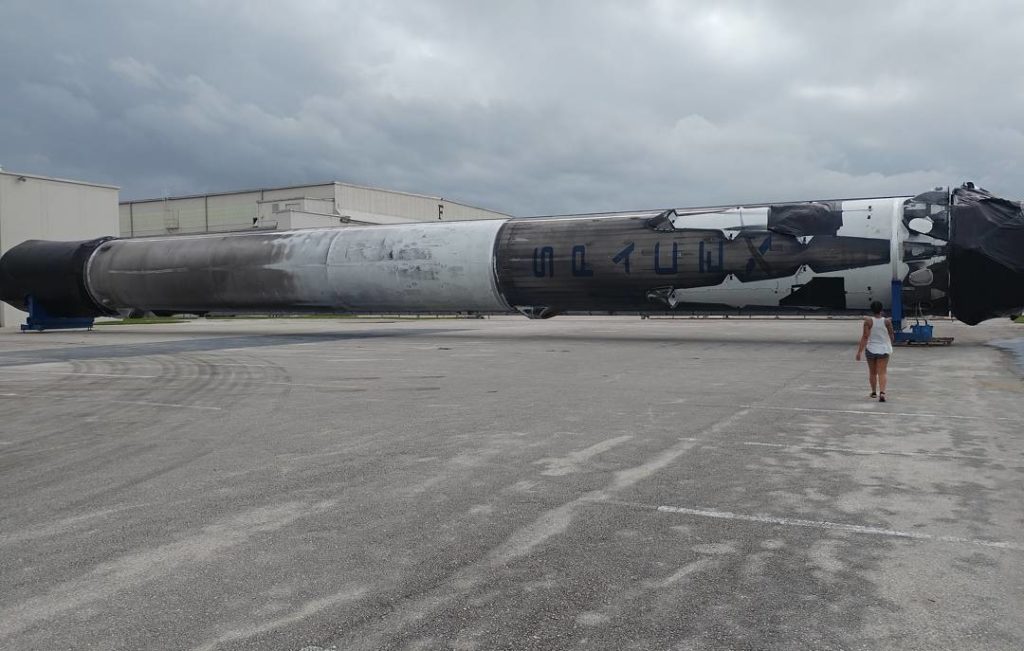
Photos shared privately with the author show CRS-13’s Falcon 9 to be covered in a graceful layer of soot from its previous recovery, similar in appearance to Falcon 9 1021 seen above. (Instagram/bambi_mydear)
In a December 6 tweet, SpaceX further confirmed that the deeply secretive Zuma mission, previously delayed from an early-November launch as a result of concerns about fairing defects, has now been moved from LC-39A to LC-40 and is understood to be targeting January 4 2018. This will give SpaceX approximately three weeks after the launch of CRS-13 to verify that everything is functioning nominally in what is essentially a new pad.
Meanwhile, with Zuma now officially moved to 40, LC-39A is completely free from routine operations, meaning that SpaceX’s ground crew can now work at will to ready the pad for the inaugural launch of Falcon Heavy, now aiming for early 2018. Aside from Falcon Heavy, recent FCC filings point to two additional SpaceX launches aiming for January, although slips are probable in light of CRS-13’s minor delays. Regardless, December and January are likely to be thrilling months for followers of the intrepid space exploration outfit.
News
Tesla cleared in Canada EV rebate investigation
Tesla has been cleared in an investigation into the company’s staggering number of EV rebate claims in Canada in January.
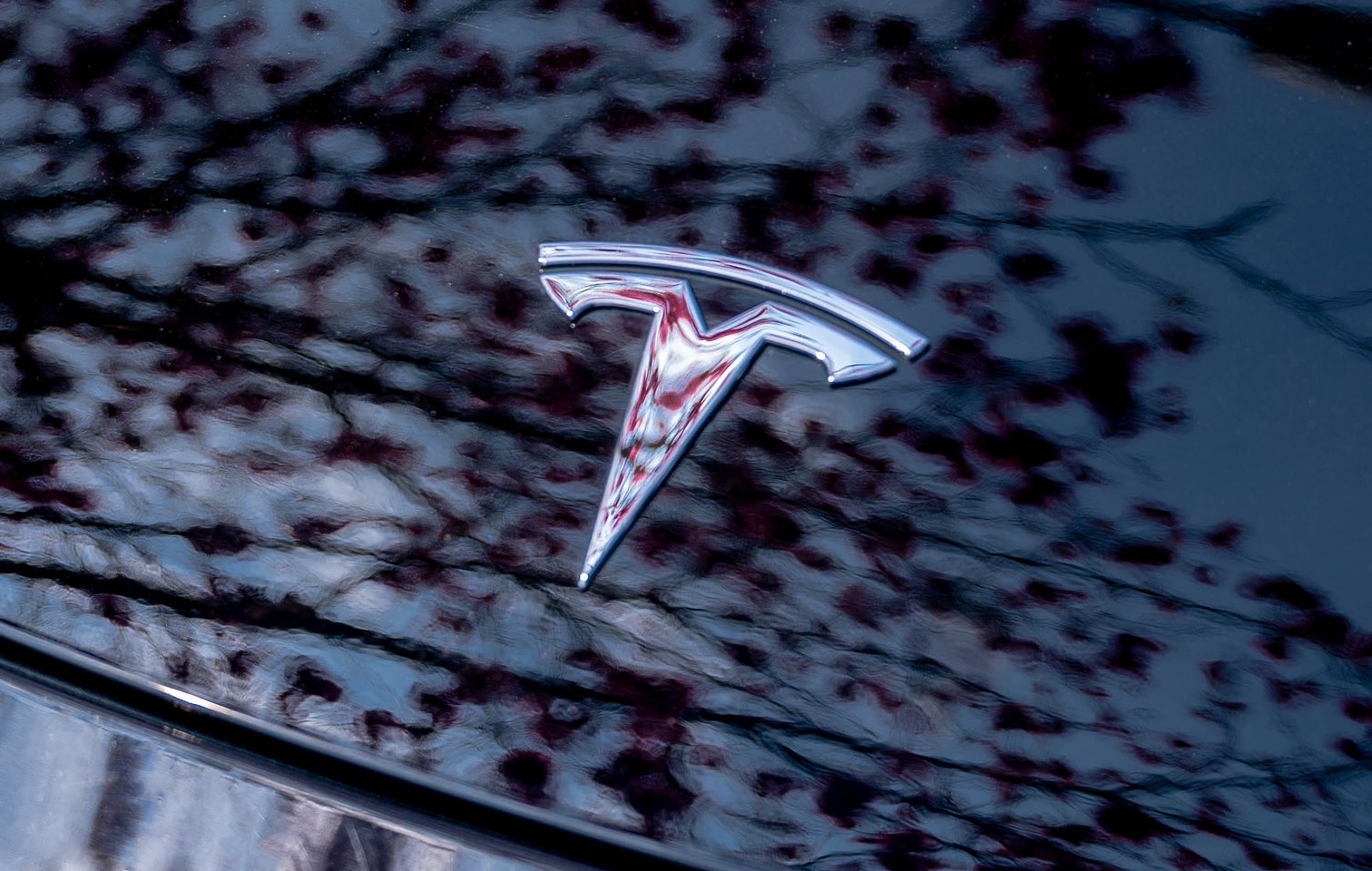
Canadian officials have cleared Tesla following an investigation into a large number of claims submitted to the country’s electric vehicle (EV) rebates earlier this year.
Transport Canada has ruled that there was no evidence of fraud after Tesla submitted 8,653 EV rebate claims for the country’s Incentives for Zero-Emission Vehicles (iZEV) program, as detailed in a report on Friday from The Globe and Mail. Despite the huge number of claims, Canadian authorities have found that the figure represented vehicles that had been delivered prior to the submission deadline for the program.
According to Transport Minister Chrystia Freeland, the claims “were determined to legitimately represent cars sold before January 12,” which was the final day for OEMs to submit these claims before the government suspended the program.
Upon initial reporting of the Tesla claims submitted in January, it was estimated that they were valued at around $43 million. In March, Freeland and Transport Canada opened the investigation into Tesla, noting that they would be freezing the rebate payments until the claims were found to be valid.
READ MORE ON ELECTRIC VEHICLES: EVs getting cleaner more quickly than expected in Europe: study
Huw Williams, Canadian Automobile Dealers Association Public Affairs Director, accepted the results of the investigation, while also questioning how Tesla knew to submit the claims that weekend, just before the program ran out.
“I think there’s a larger question as to how Tesla knew to run those through on that weekend,” Williams said. “It doesn’t appear to me that we have an investigation into any communication between Transport Canada and Tesla, between officials who may have shared information inappropriately.”
Tesla sales have been down in Canada for the first half of this year, amidst turmoil between the country and the Trump administration’s tariffs. Although Elon Musk has since stepped back from his role with the administration, a number of companies and officials in Canada were calling for a boycott of Tesla’s vehicles earlier this year, due in part to his association with Trump.
News
Tesla Semis to get 18 new Megachargers at this PepsiCo plant
PepsiCo is set to add more Tesla Semi Megachargers, this time at a facility in North Carolina.
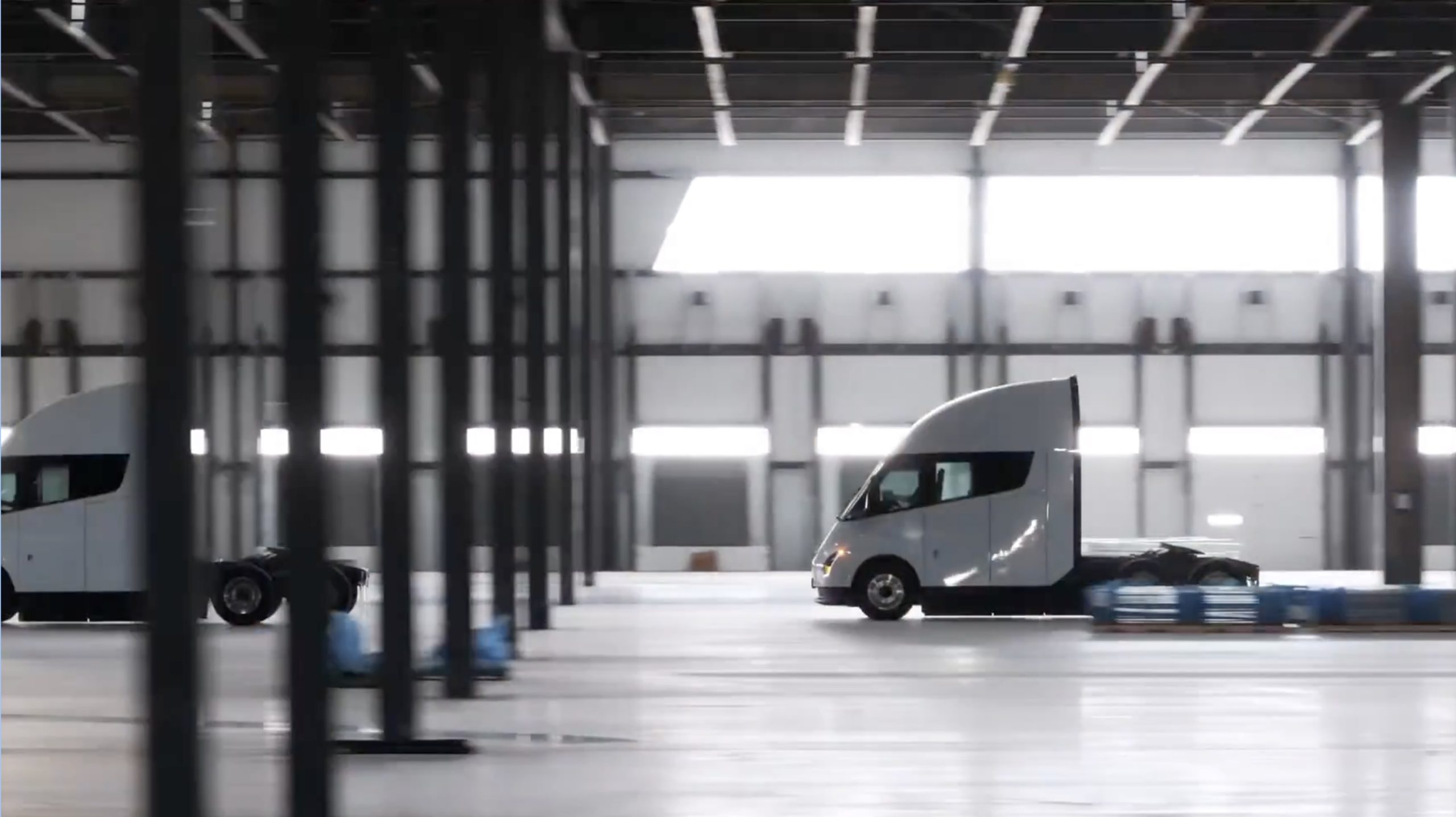
Tesla partner PepsiCo is set to build new Semi charging stations at one of its manufacturing sites, as revealed in new permitting plans shared this week.
On Friday, Tesla charging station scout MarcoRP shared plans on X for 18 Semi Megacharging stalls at PepsiCo’s facility in Charlotte, North Carolina, coming as the latest update plans for the company’s increasingly electrified fleet. The stalls are set to be built side by side, along with three Tesla Megapack grid-scale battery systems.
The plans also note the faster charging speeds for the chargers, which can charge the Class 8 Semi at speeds of up to 1MW. Tesla says that the speed can charge the Semi back to roughly 70 percent in around 30 minutes.
You can see the site plans for the PepsiCo North Carolina Megacharger below.
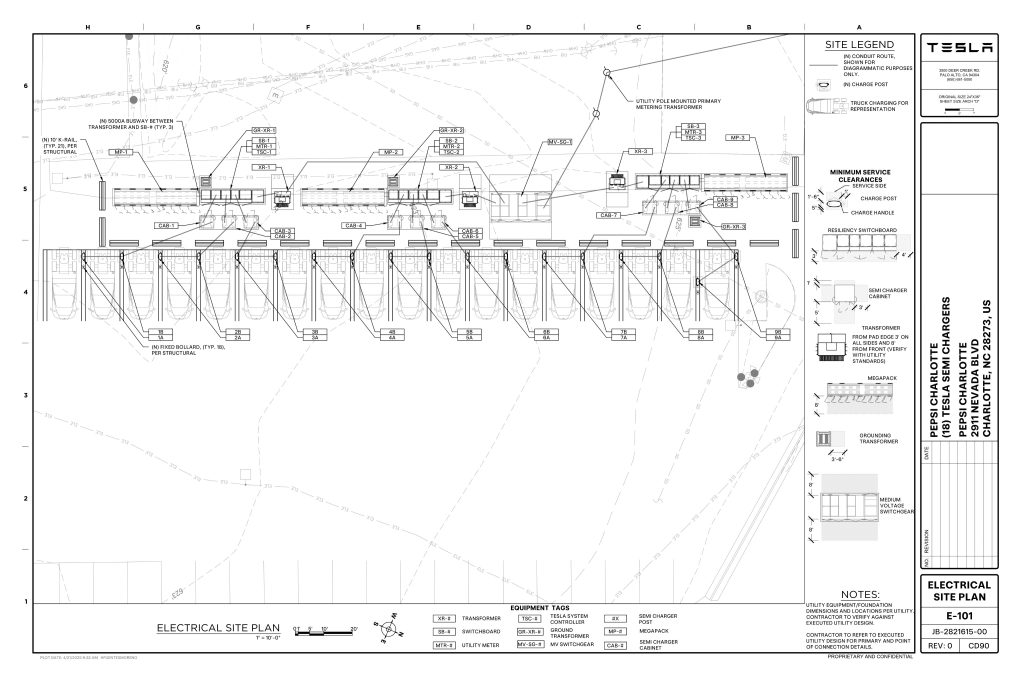
Credit: PepsiCo (via MarcoRPi1 on X)
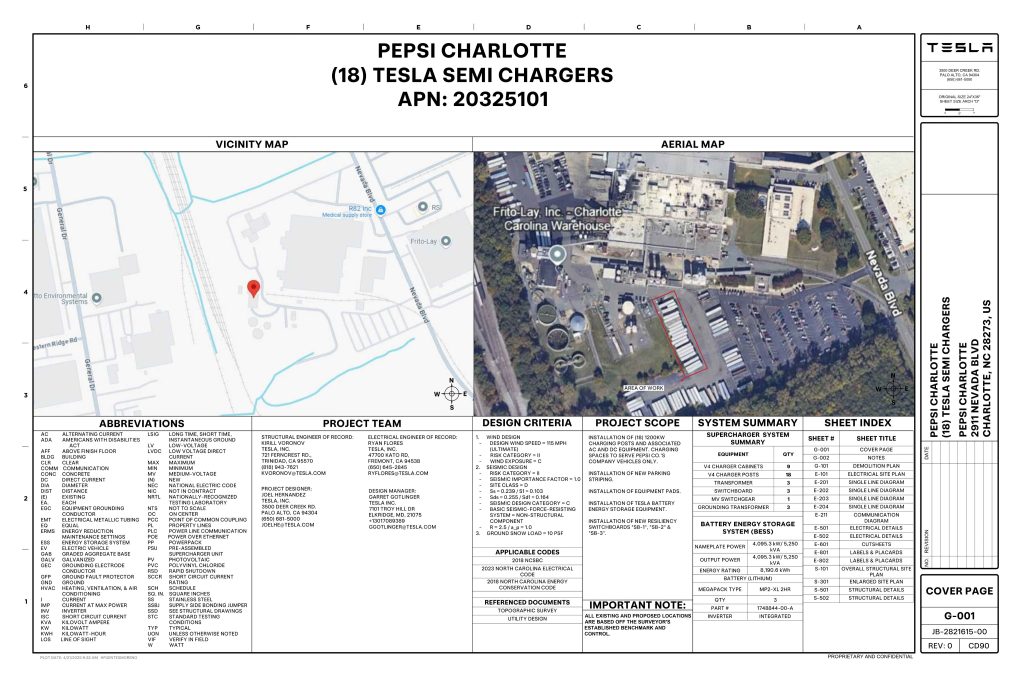
Credit: PepsiCo (via MarcoRPi1 on X)
READ MORE ON THE TESLA SEMI: Tesla to build Semi Megacharger station in Southern California
PepsiCo’s Tesla Semi fleet, other Megachargers, and initial tests and deliveries
PepsiCo was the first external customer to take delivery of Tesla’s Semis back in 2023, starting with just an initial order of 15. Since then, the company has continued to expand the fleet, recently taking delivery of an additional 50 units in California. The PepsiCo fleet was up to around 86 units as of last year, according to statements from Semi Senior Manager Dan Priestley.
Additionally, the company has similar Megachargers at its facilities in Modesto, Sacramento, and Fresno, California, and Tesla also submitted plans for approval to build 12 new Megacharging stalls in Los Angeles County.
Over the past couple of years, Tesla has also been delivering the electric Class 8 units to a number of other companies for pilot programs, and Priestley shared some results from PepsiCo’s initial Semi tests last year. Notably, the executive spoke with a handful of PepsiCo workers who said they really liked the Semi and wouldn’t plan on going back to diesel trucks.
The company is also nearing completion of a higher-volume Semi plant at its Gigafactory in Nevada, which is expected to eventually have an annual production capacity of 50,000 Semi units.
Tesla executive teases plan to further electrify supply chain
News
Tesla sales soar in Norway with new Model Y leading the charge
Tesla recorded a 54% year-over-year jump in new vehicle registrations in June.
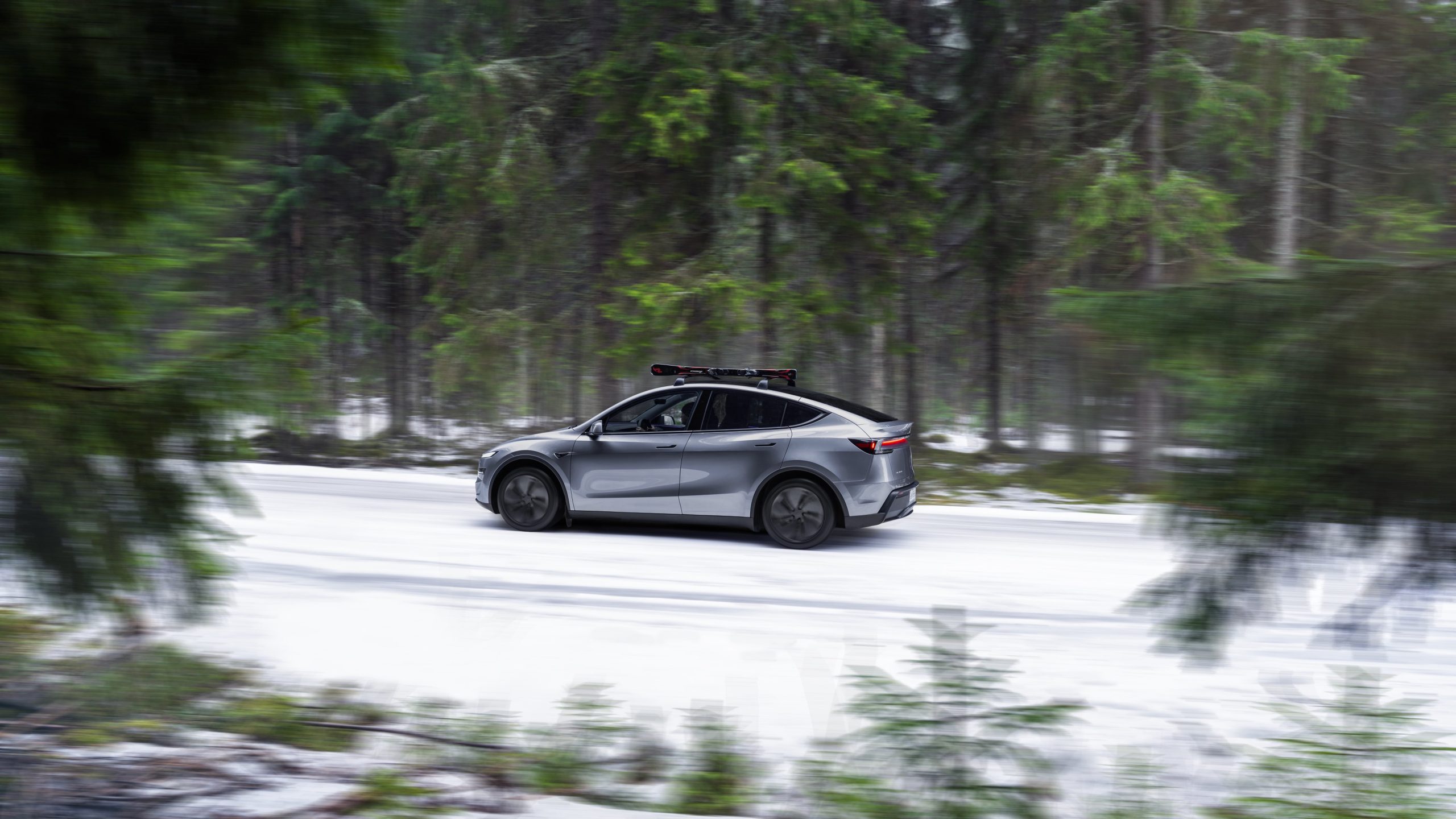
Tesla is seeing strong momentum in Norway, with sales of the new Model Y helping the company maintain dominance in one of the world’s most electric vehicle-friendly markets.
Model Y upgrades and consumer preferences
According to the Norwegian Road Federation (OFV), Tesla recorded a 54% year-over-year jump in new vehicle registrations in June. The Model Y led the charge, posting a 115% increase compared to the same period last year. Tesla Norway’s growth was even more notable in May, with sales surging a whopping 213%, as noted in a CNBC report.
Christina Bu, secretary general of the Norwegian EV Association (NEVA), stated that Tesla’s strong market performance was partly due to the updated Model Y, which is really just a good car, period.
“I think it just has to do with the fact that they deliver a car which has quite a lot of value for money and is what Norwegians need. What Norwegians need, a large luggage space, all wheel drive, and a tow hitch, high ground clearance as well. In addition, quite good digital solutions which people have gotten used to, and also a charging network,” she said.
Tesla in Europe
Tesla’s success in Norway is supported by long-standing government incentives for EV adoption, including exemptions from VAT, road toll discounts, and access to bus lanes. Public and home charging infrastructure is also widely available, making the EV ownership experience in the country very convenient.
Tesla’s performance in Europe is still a mixed bag, with markets like Germany and France still seeing declines in recent months. In areas such as Norway, Spain, and Portugal, however, Tesla’s new car registrations are rising. Spain’s sales rose 61% and Portugal’s sales rose 7% last month. This suggests that regional demand may be stabilizing or rebounding in pockets of Europe.
-

 Elon Musk2 weeks ago
Elon Musk2 weeks agoTesla investors will be shocked by Jim Cramer’s latest assessment
-

 Elon Musk2 days ago
Elon Musk2 days agoxAI launches Grok 4 with new $300/month SuperGrok Heavy subscription
-

 Elon Musk4 days ago
Elon Musk4 days agoElon Musk confirms Grok 4 launch on July 9 with livestream event
-

 News1 week ago
News1 week agoTesla Model 3 ranks as the safest new car in Europe for 2025, per Euro NCAP tests
-

 Elon Musk2 weeks ago
Elon Musk2 weeks agoA Tesla just delivered itself to a customer autonomously, Elon Musk confirms
-

 Elon Musk1 week ago
Elon Musk1 week agoxAI’s Memphis data center receives air permit despite community criticism
-

 News2 weeks ago
News2 weeks agoXiaomi CEO congratulates Tesla on first FSD delivery: “We have to continue learning!”
-

 Elon Musk2 weeks ago
Elon Musk2 weeks agoTesla scrambles after Musk sidekick exit, CEO takes over sales



















